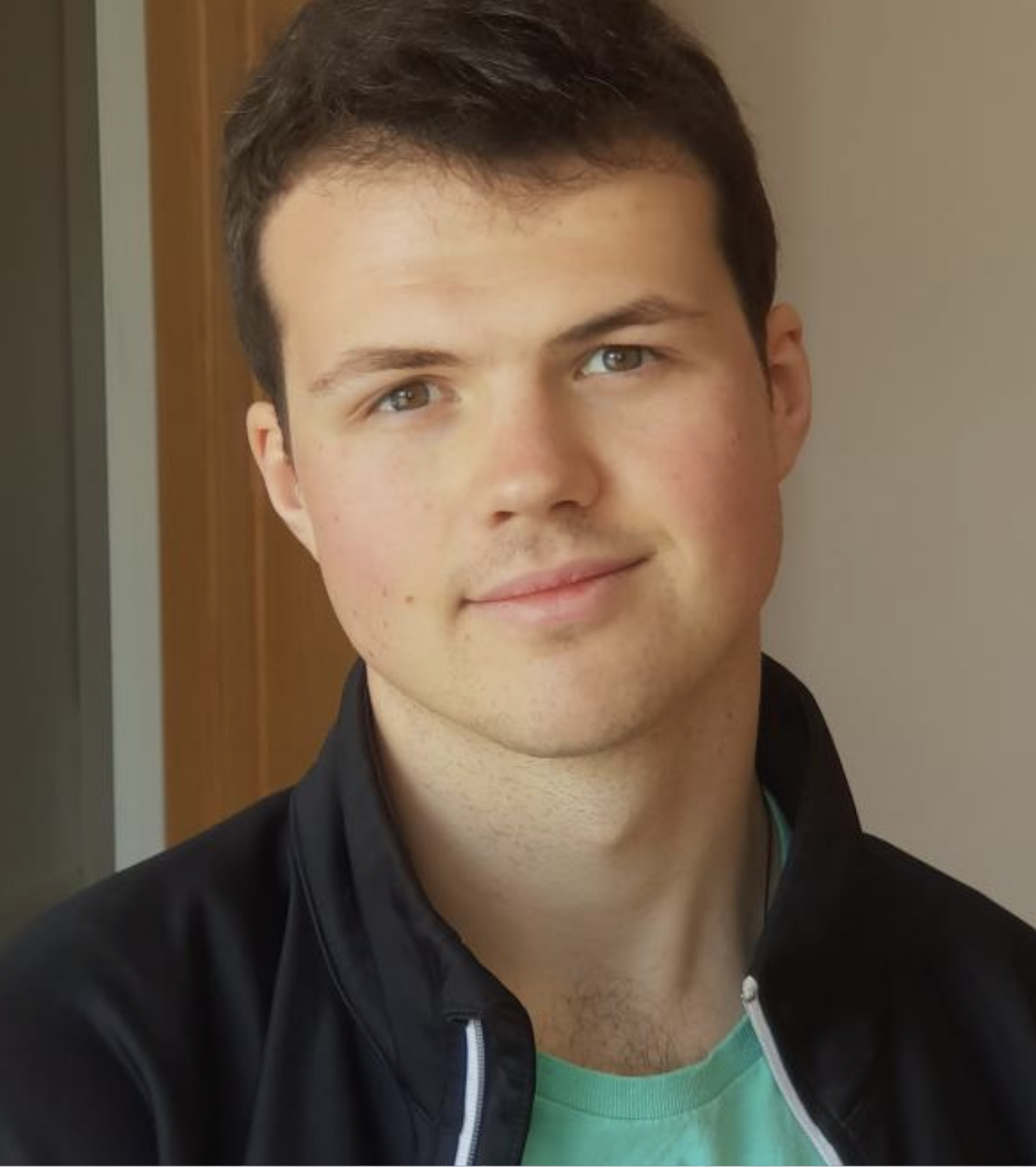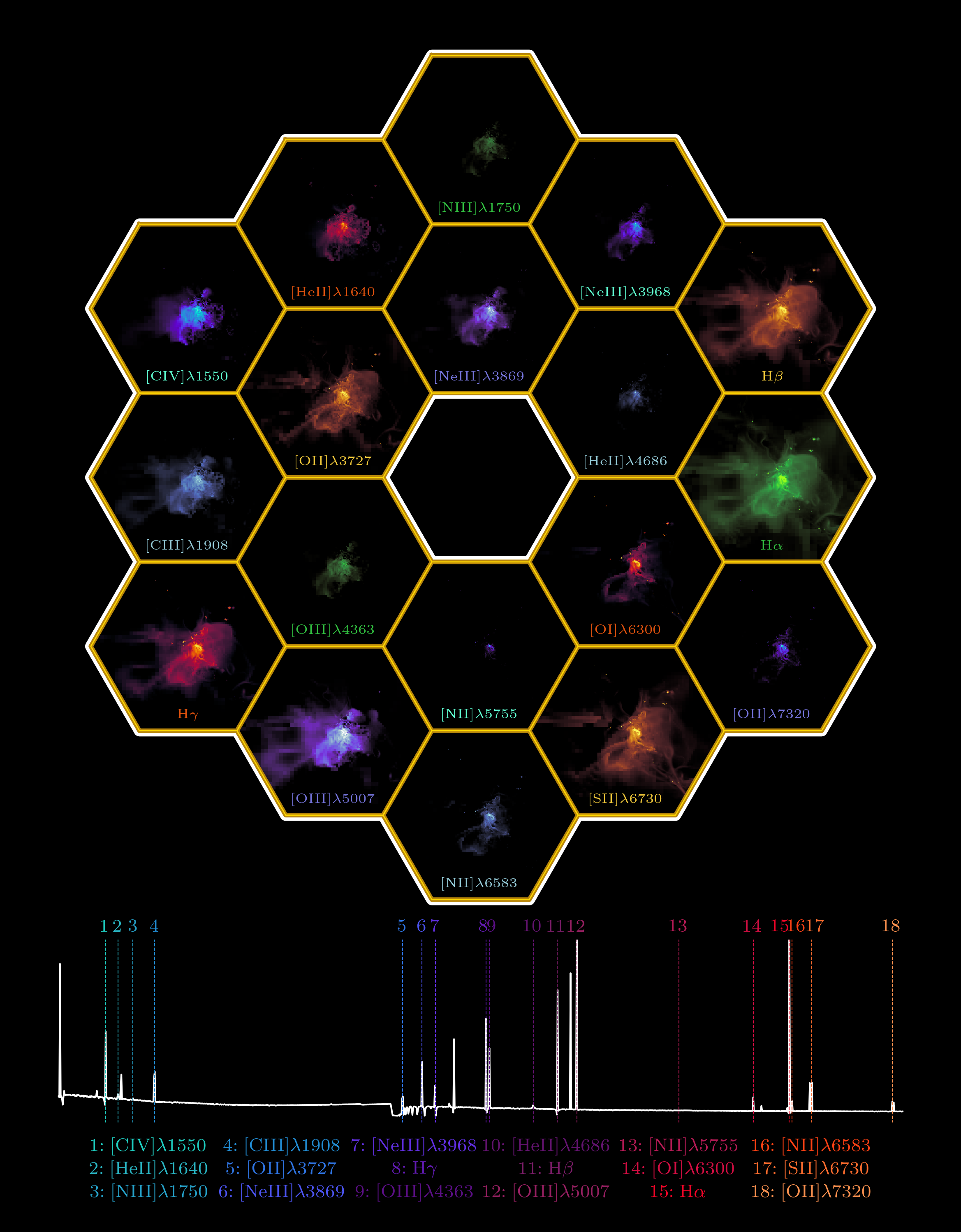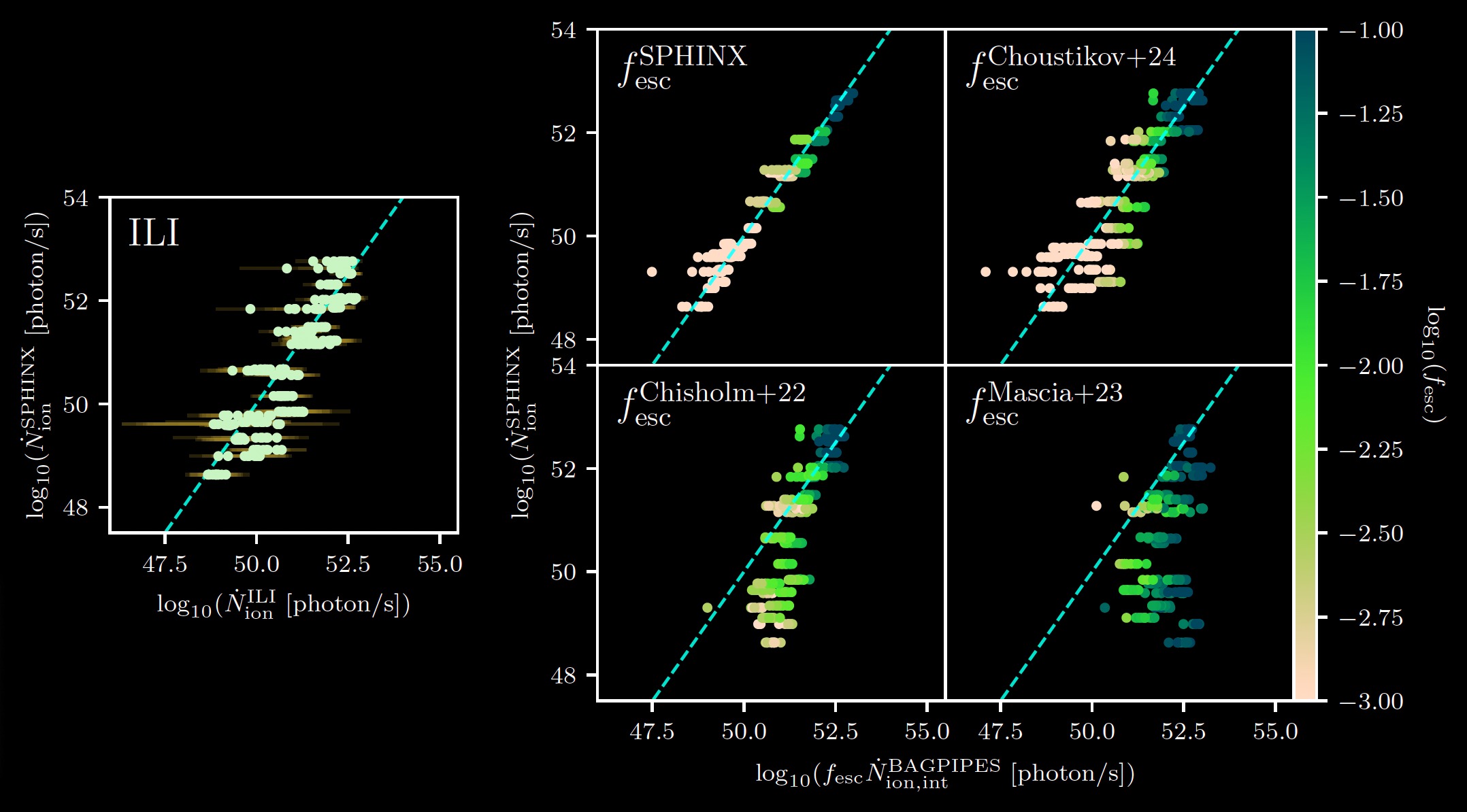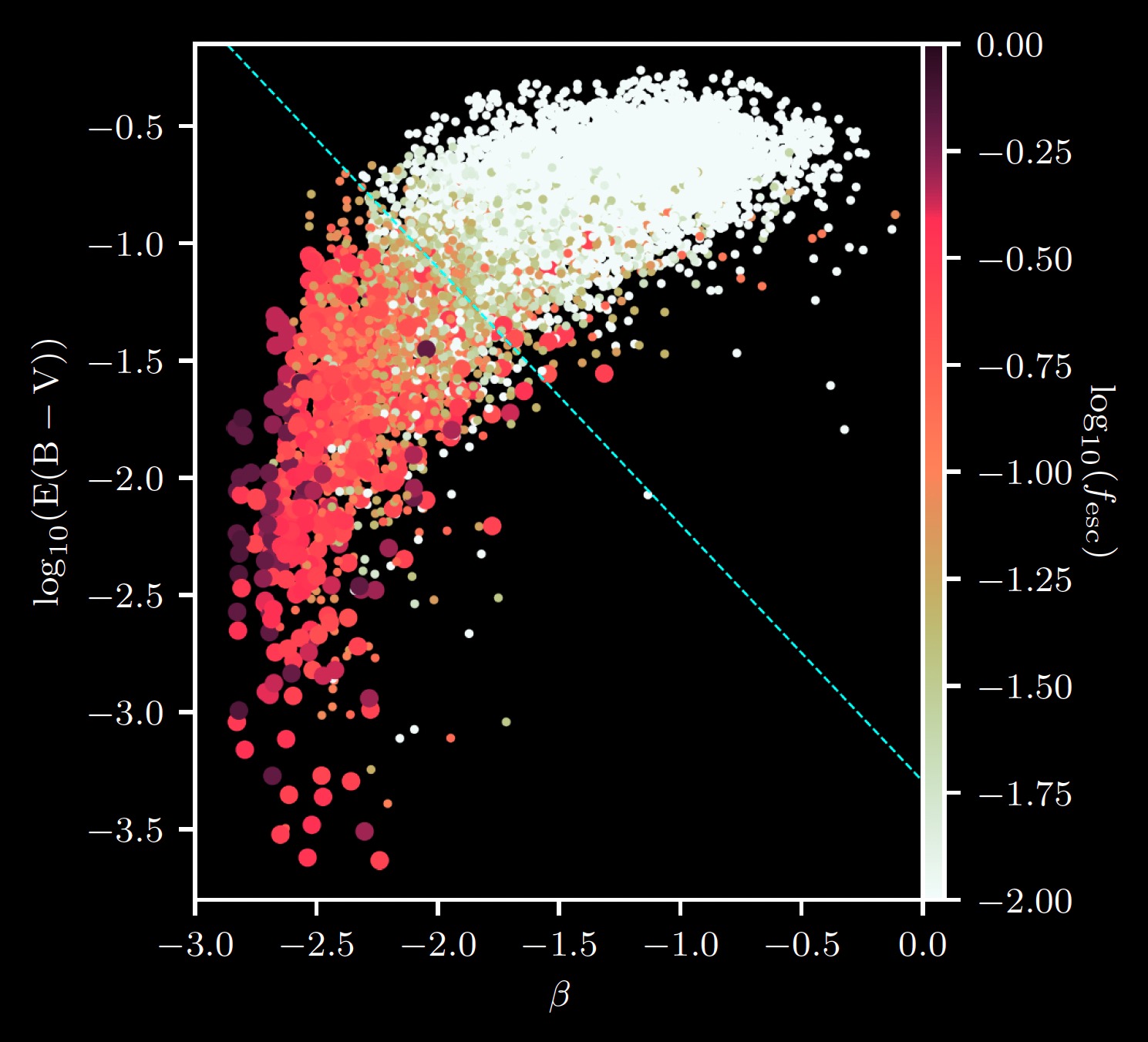
Welcome!
I am an Astrophysics DPhil Student at the University of Oxford, supervised by Julien Devriendt and Adrianne Slyz, and working in close collaboration with Harley Katz and Romain Teyssier.
I use supercomputer-run simulations and the James Webb Space Telescope to study how the ionising radiation, magnetic fields, and kinetic feedback of the first stars and active black holes affected the interstellar medium and spectroscopic properties of galaxies in the early Universe.
My Research Projects
A novel AGN model for high-redshift simulations - including radiative transfer and magnetic fields
Recent observations from JWST have suggested that active black holes (AGN) are ubiquitous in the early universe. Therefore, it is crucial that they are included in the next generation of high-resolution simulations of galaxy formation in the early universe. I am developing a novel AGN model which hopes to couple a physically-motivated AGN model to both magnetic fields and on the fly radiative transfer, with the goal to run alongside the non-equilibrium photochemistry and chemical network first used in the MEGATRON simulations.
Stay tuned for results...
Exploring the non-equilibrium interstellar medium of high-redshift galaxies
Spectroscopic observations of high-redshift galaxies with JWST have unveiled a strange universe. Here, young galaxies are compact and dense with low metallicities and high ionisation parameters in the interstellar medium (ISM). I have led a project to investigate the impact of star-formation physics and observational bias on these properties, using the first generation of cosmological simulations which trace the non-equilibrium photochemistry and abundances of the ISM while coupled to on-the-fly radiative transfer - the MEGATRON simulations.
Submitted to OJATracing the history of reionization with simulation based inference and JWST observations
All previous methods for predicting the escape fraction of Lyman Continuum (LyC) radiation depend on spectroscopic properties. Here, I led a project which developed a novel simulation based inference approach to predicting the escaping ionising luminosity (Nion) of high-redshift galaxies based on photometry alone. Deploying this approach on public JWST data, we were able to for the first time place constraints on the history of reionization with consistent, galaxy-specific values of Nion. We also show that UV-faint galaxies play a critical role in the process of reionization.
Published in MNRASLyman-α signatures of Lyman continuum escape in high-redshift galaxies
The resonant Lyman-α (Lyα) line encodes a huge amount of physical information about the neutral gas through which it propagates, the same gas which can absorb Lyman Continuum (LyC) radiation before it has a chance to escape. I have led a project which used a rich catalog of resonant-scattered Lyα spectroscopy of galaxies from the SPHINX simulation to explore the connection between Lyα features and the LyC escape fraction. Here, I proposed a direct relation between the size of Lyα halos and the escape fraction, which has recently been observationally corroborated by HST observations.
Published in MNRASSpectroscopic signatures of Lyman continuum escape in high-redshift galaxies
Lyman continuum (LyC) escape, as encoded by the escape fraction has historically been a difficult quantity to constrain. I have led a project to test the majority of popular observational LyC indirect diagnostics by using the then-most extensive physically motivated catalog of synthetic observations of high-redshift galaxies from the SPHINX simulation. On top of developing a framework for testing these diagnostics, I proposed a novel composite diagnostic, which was applied to some of the first spectroscopic data from the JWST telescope.
Published in MNRASOptimizing the Evolution of Perturbations in the ΛCDM Universe
Perturbation theory is a powerful tool for studying large-scale structure formation in the universe and calculating observables such as the power spectrum or bispectrum. However, simplifying assumptions about gravitational coupling kernels are typically made beyond linear order purely to save on computational cost. In my masters thesis, I presented a novel approach based on the Chebyshev spectral method to compute these kernels to any perturbative order. This approach was shown to be orders of magnitude faster, while providing accurate and reliable results. The code has been made public.
Published in Physical Review DMy Academic Journey
To get to know me better, have a look at my CV .
-
Sep 2026...
-
Sep 2022 - PresentDPhil in Astrophysics + Teaching & Research Scholar
-
Mar 2024 - Sep 2024Visiting Student Research Collaborator
-
Oct 2018 - Jul 2022MA (Cantab) + MSci in Natural Sciences
-
10 June 1999Auckland, New Zealand
Some of my Favourite Figures


Get in touch
Please reach out if you're keen to collaborate on something!



